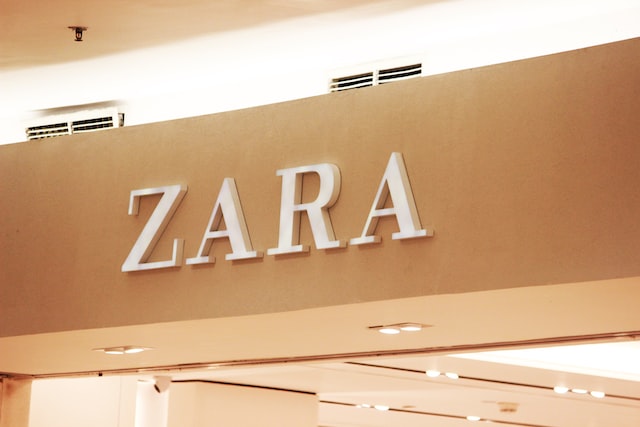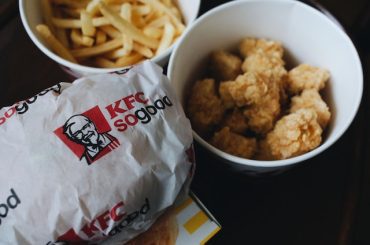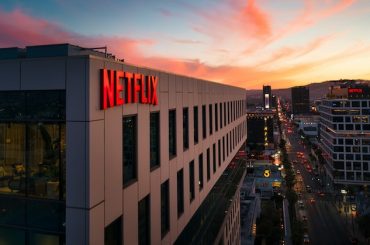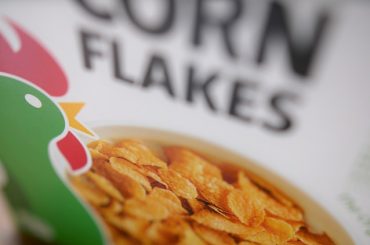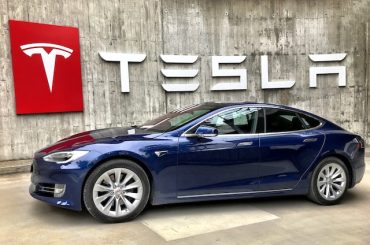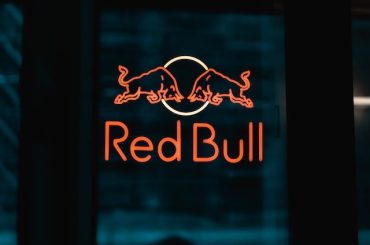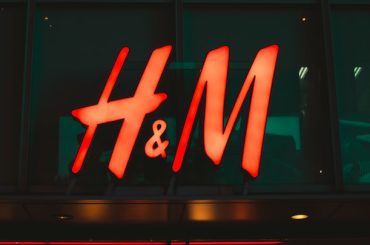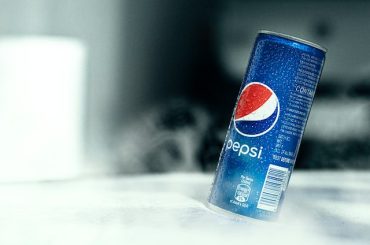Before we dive deep into the Marketing Mix (4Ps), let’s get the business overview of Zara. Zara is a Spanish fashion retailer founded in 1974 by Amancio Ortega and Rosalía Mera. It is the flagship brand of the Inditex Group, one of the world’s largest fashion retail groups.
Zara is known for its trendy and affordable clothing, shoes, and accessories for men, women, and children. The brand operates in over 90 countries, with over 2,000 stores worldwide.
Some key aspects of Zara’s business model include:
- Vertical Integration: Zara controls every aspect of its supply chain, from design to distribution, which allows the company to maintain tight control over its inventory and quickly respond to changing trends.
- Fast Fashion: Zara’s fast-fashion model means that the company constantly releases new designs, sometimes as often as twice a week. This helps to create a sense of urgency among customers, who know that items may sell out quickly and not be restocked.
- Limited Inventory: Zara produces small quantities of each design, creating a sense of scarcity and exclusivity, encouraging customers to purchase quickly.
- Cost-Effective Production: Zara produces most of its products in-house or through nearby suppliers, allowing the company to monitor costs closely and maintain competitive pricing.
- Data-Driven Decision Making: Zara uses data from its stores, social media, and customer feedback to identify trends and decide which products to produce and in what quantities.
Overall, Zara has been a disruptive force in the fashion industry, challenging traditional retail models and demonstrating the power of speed and adaptability in a highly competitive market.
Financial performance 2023: Zara’s parent company Inditex generated €35.9 billion in sales and €20.8 billion in gross profit.
How Zara became the undisputed king of fast fashion?
Here is the Marketing Mix (4Ps) for Zara
A marketing mix, also known as the 4Ps of marketing, is framework marketers use to develop and implement effective marketing strategies. The concept helps businesses identify and optimize the key components necessary to promote and sell their products or services. The 4Ps of the marketing mix are Product, Price, Place, and Promotion.
In addition to the traditional 4 Ps, marketers have expanded their strategies by incorporating additional elements (People, Process & Performance) to help them better understand and reach their target audiences. But we will focus on the 4Ps as they still are the foundation of any marketing strategy. In this article, we will understand the marketing mix(4Ps) of Zara.
What is a Marketing Mix? What are the 4Ps of Marketing?
Product
- Fashion-forward designs: Zara is known for offering trendy, fashionable, and stylish clothing and accessories that cater to the tastes and preferences of its target market. The company follows the latest fashion trends closely and quickly adapts to consumer demands.
- Fast-fashion concept: Zara’s business model is based on the fast-fashion concept, which means that the brand frequently introduces new designs and products to its stores. This quick turnaround time keeps the inventory fresh and ensures that customers always have something new to look forward to when they visit Zara stores.
- Broad product range: Zara offers various products, including clothing, shoes, and accessories for men, women, and children. The product categories cover everything from casual wear and formal wear to sportswear and loungewear, ensuring that there is something for everyone.
- Quality and sustainability: Zara focuses on providing high-quality products at affordable prices. The company has also improved its sustainability practices by investing in eco-friendly materials and more sustainable production processes.
- Private label branding: Zara operates as a private label brand, which means that all its products are designed, manufactured, and sold under the Zara brand name. This allows the company to maintain control over its product quality, design, and pricing, ensuring a consistent brand experience for customers.
- Limited edition collections: To keep customers engaged and maintain a sense of exclusivity, Zara occasionally releases limited edition collections or collaborates with popular designers and celebrities. These collections generate buzz and create a sense of urgency among customers to shop for these exclusive items.
Price
- Affordable luxury: Zara positions itself as an affordable luxury brand, offering fashionable, high-quality products at reasonable prices. This pricing strategy allows the brand to appeal to a broader audience, including both price-conscious and fashion-conscious customers.
- Value for money: Zara’s focus on providing value ensures that customers perceive their products as worth the price. The brand achieves this by offering high-quality products, trendy designs, and good customer service, all at competitive prices.
- Market-based pricing: Zara’s pricing strategy considers the prices of its competitors and the target market’s willingness to pay. By closely monitoring the market, Zara can adjust its prices to remain competitive and attract customers.
- Cost leadership: One of the reasons Zara can offer competitive prices is due to its efficient supply chain and business model. The fast-fashion concept allows the brand to minimize inventory costs, while its vertical integration helps control production costs, leading to lower customer prices.
- Psychological pricing: Zara often uses psychological pricing techniques, such as setting prices just below whole numbers (e.g., $49.99 instead of $50). This strategy makes the products seem more affordable, as customers perceive the price to be lower than it is.
- Price segmentation: Zara employs price segmentation to cater to different customer segments. For example, the brand offers basic items at lower prices to attract budget-conscious shoppers. In contrast, limited edition collections or premium products are priced higher to cater to more affluent customers seeking exclusivity.
Place
- Strategic store locations: Zara’s retail stores are typically located in prime shopping areas, such as high streets, shopping centers, and popular malls, to ensure maximum visibility and footfall. These strategic locations make the brand easily accessible to its target customers.
- Global presence: Zara has a strong international presence, with stores in over 96 countries. This wide distribution network allows the brand to cater to diverse markets and demographics, expanding its customer base and increasing sales.
- Online presence: Besides its physical stores, Zara has a strong online presence with its e-commerce platform. This allows customers to shop from the comfort of their homes and enables Zara to reach a wider audience, including those who may not have access to physical stores.
- Vertical integration: Zara’s vertically integrated supply chain allows the brand to maintain tight control over its production, distribution, and retail processes. This integration helps reduce lead times, increase efficiency, and ensure that products are available in stores or online as soon as possible.
- Fast-fashion supply chain: Zara’s fast-fashion supply chain model enables the company to respond quickly to changing trends and consumer preferences. By keeping production close to its key markets and relying on a network of local suppliers, Zara can minimize transportation costs and time, ensuring that new products reach the stores rapidly.
- Inventory management: Zara uses advanced inventory management systems and technology to monitor stock levels and customer demand closely. This helps the brand to avoid overstocking and understocking, ensuring that the right products are available at the right time and place.
Promotion
- Limited advertising: Unlike many fashion brands, Zara spends relatively little on traditional advertising such as TV commercials, billboards, or print ads. Instead, the brand relies on its high-quality products, fashionable designs, and strategic store locations to attract customers and generate word-of-mouth publicity.
- Store design and visual merchandising: Zara invests heavily in its store design and visual merchandising to create a captivating shopping experience. The brand’s stores feature a minimalist design, stylish interiors, and attractive window displays that showcase its latest products and fashion trends, drawing customers into the store.
- Social media and digital marketing: While Zara may not rely heavily on traditional advertising, it does use social media platforms and digital marketing to engage with its target audience. The brand shares its latest collections, fashion inspiration, and behind-the-scenes content on platforms such as Instagram, Facebook, and Twitter, fostering a sense of community and brand loyalty among its followers.
- Influencer marketing: Zara leverages the power of influencer marketing by collaborating with fashion influencers and celebrities who align with the brand’s image. These influencers share their favorite Zara pieces and styles on their social media channels, helping to promote the brand to their followers and drive sales.
- Limited-time promotions and sales: Zara occasionally offers limited-time promotions and sales events to attract customers and boost sales. These promotions create a sense of urgency among shoppers, encouraging them to visit the stores or shop online to take advantage of the deals.
- Public relations (PR) and collaborations: Zara engages in public relations activities, such as participating in fashion events or collaborating with high-profile designers and celebrities, to generate buzz and increase brand visibility. These collaborations and PR efforts help position Zara as a fashion-forward and aspirational brand in the minds of consumers.

